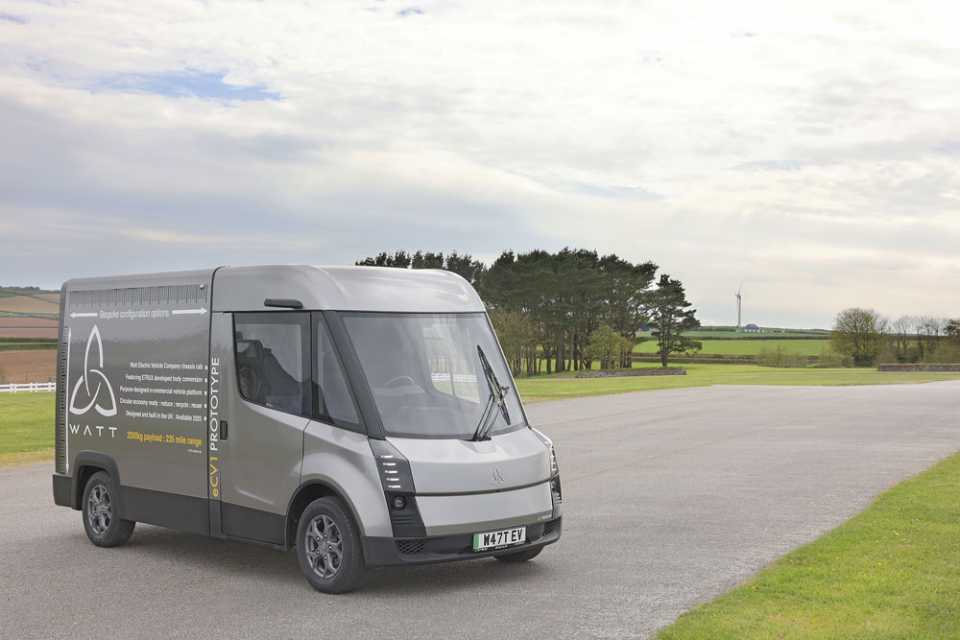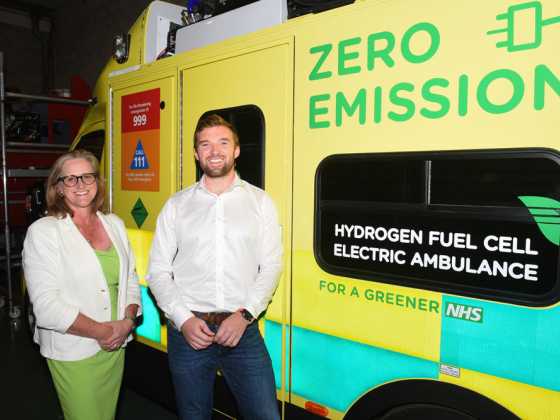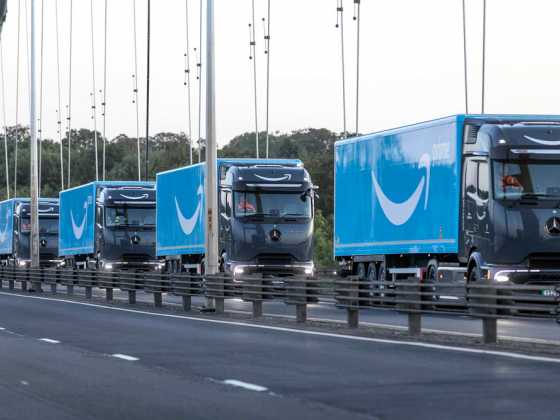WEVC eCV1 electric van begins real world testing

Watt Electric Vehicle Company (WEVC) has begun a real-world testing programme of its eCV1 electric van following its debut at the CV Show..
The prototype vehicle has been out on the road, racking up miles as the testing programme gets underway to continue the development of the electric commercial vehicle.
Neil Yates, CEO of WEVC said: “We had an amazing debut of the eCV1 prototype at the CV Show, with media and potential customers alike, clamouring to see our new vehicle. The response was really humbling after thousands of hours of work to get to this stage, but the biggest surprise for people at the show was that the show vehicle is a fully functional and that we had driven it onto the stand. Since the NEC debut we have been out testing the vehicle in the real world, to continue developing the vehicle for production.”
Designed for production of up to 5,000 vehicles per annum, the innovative and highly flexible vehicle, codenamed WATT eCV1, enables a wide range of electric commercial vehicle designs, facilitating mission-specific models which meet customers’ particular fleet requirements.
Following the signing of an MoU between WEVC and electric commercial vehicle specialist, ETRUX, earlier this year, the engineering prototype is on display at the ITT Hub in Farnborough, based on the WATT eCV1.
3.5-tonne cab and chassis unit, complete with an ETRUX designed and built body. The next step is for WEVC’s electric vehicle platform technology will be adapted by ETRUX into a range of offerings for the commercial vehicle market.
The first of multiple commercial vehicle offerings to come from WEVC, the eCV1 uses the company’s proprietary PACES architecture, a sophisticated yet cost-effective modular electric vehicle platform. Developed to support commercial vehicle manufacturers, specialist vehicle converters and fleet operators in the transition to an electric future, PACES complies with ISO regulations and exceeds stringent European Small Series Type Approval safety standards.
It’s ’cell-to-chassis’ system means batteries are integrated to the primary structure (rather than having a separate battery pack), optimising stiffness, minimising weight, and maximising payload. As a result, the clean sheet design means the eCV1 has none of the structural, weight and packaging compromises inherent in most electric LCV designs, many of which having been converted from ICE drivetrains and which are further constrained by traditional high volume manufacturing processes.
The eCV1 features a central driving position which allows a safer kerbside exit for the operator, whichever side of the road the vehicle is driving or parked on. The cabin can be configured as a one-, two- or three-seater vehicle, with the large glass house providing superb visibility making the vehicle safer to drive and easier to manoeuvre and park.



